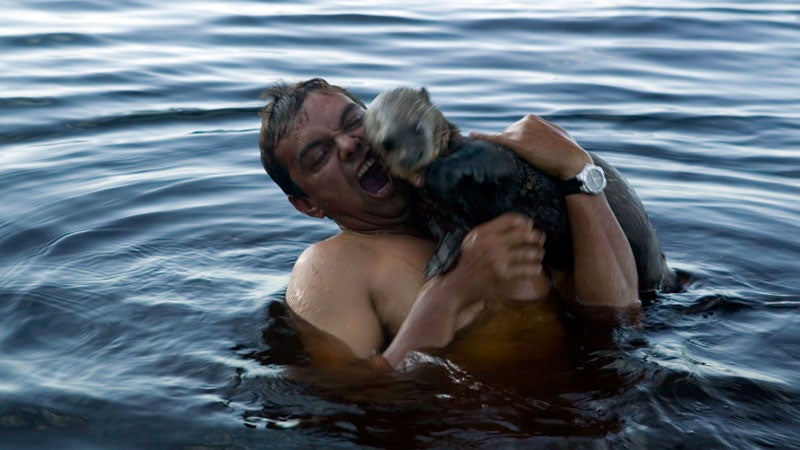The (Lontra canadensis) is a shy, if playful, weasel topping out at 30 pounds and five feet from head to tail. Otters are carnivores, eating mainly fish, crayfish, and frogs. Humans aren’t on the menu.
The odd crocodilian meal is the result of sheer tenacity in which the otter wears down the gator during an hours-long struggle. Such a concentrated attack on a human is without precedent in the wild.
“Otters are very hard to see in the wild in most areas and try to avoid human presence,” says . “They usually detect us before we detect them.”
Then they flee. And they have good cause to. The otter’s is a tired, old story: once it was abundant throughout most of North America, from Mexico to as far north as the Arctic Circle, spread from sea to sea. But in the early 1900s populations drastically declined, fallout from extensive trapping, urbanization, and pollution as the industrial age gained steam and humans encroached on otter habitat.
Still threatened, otters have rebounded somewhat since the Department of Natural Resources reintroduced them across the U.S. during the past 30 years. The co-expansion of otter and human populations accounts for most encounters gone wrong. A of otter attacks found only 39 documented violent confrontations dating back to 1875. Most occurred in the past 20 years—nearly half of them in Florida—and about a third of the culprits were rabid. Half a dozen attacks have been reported since. The only known fatalities occurred in captivity when otters killed intruders to protect their cubs.
The fact is, otters don’t want to have anything to do with you. But they’re extremely territorial. “They are also apex predators which can make a meal out of alligators,” says . “Do not expect a waterside encounter with a placid, cuddly creature.”
Though their tendency when confronted is to dive and flee, otters can be aggressive when defending their young or a food source from a perceived threat. When provoked, they’ll give brief chase—they can swim seven miles per hour and achieve 18 on land at a full run, webbed toes an all—and if things come to such a pass, they’ll snap. Otters boast a sharp set of canines and crushing molars. And theirs is a formidable bite, roughly comparable in force to a German shepherd’s, which can break hand bones but mostly punctures or bruises skin. Yet even bites are rare. They’d much prefer to avoid conflict with our ilk.
So don’t worry. Experts found the question a strange one. “They wouldn’t go after somebody who wasn’t interfering with them,” says Stelle. Keep your respectful distance and, for the foreseeable evolutionary future, you won’t be otter food.


